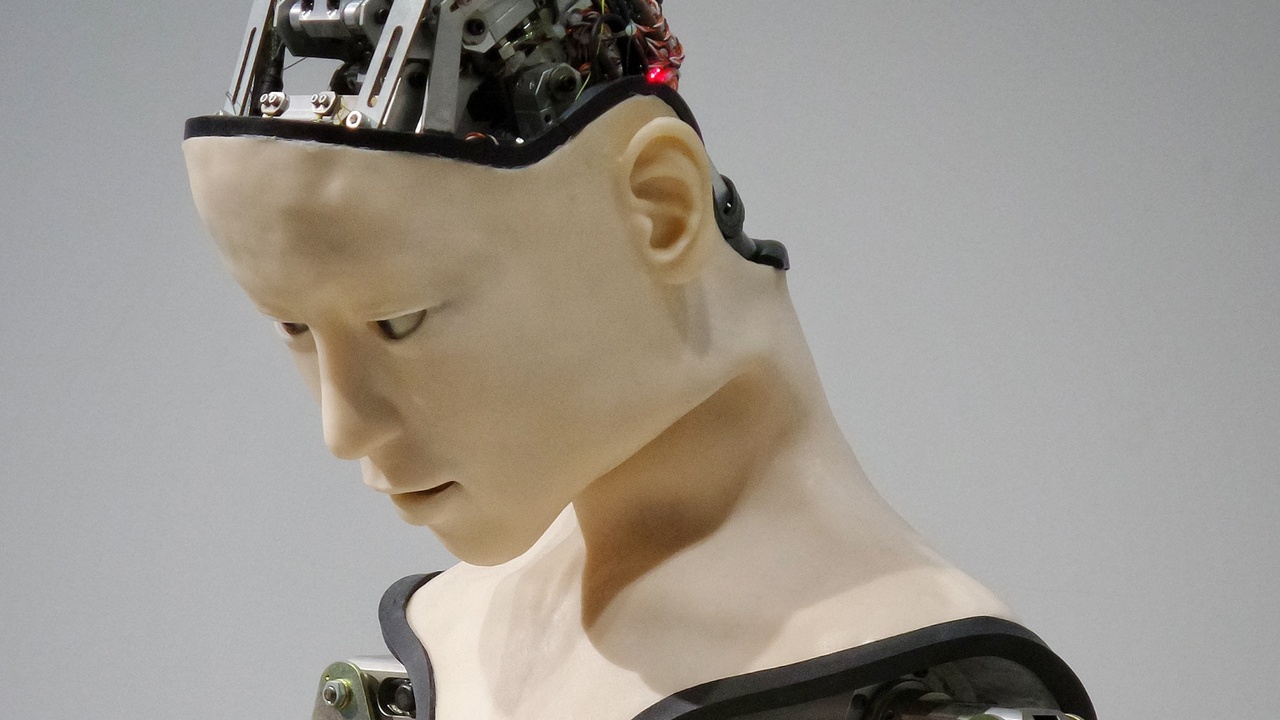Is online tracking invasive? Or do cookies make our experience of the internet better?
To answer this question, you need to understand how online tracking works and who makes money from it.
In this episode, you'll learn from Keith Petri, CEO & Founder of Lockr, which helps consumers manage their d...
How is generative AI different from standard AI? How can you tell lasting innovation from the hype?
Listen to this episode to find out. You will learn from Jamie Cattell, Global Managing Partner, Enterprise Strategy at IBM Consulting. Before joining IMB, Jamie was a partner at McKinsey where he le...
It's impossible to have a successful business career in the Digital Age without being data literate, says Prof JeAnna Abbott. This does not mean that you have to learn to code, but you do have to understand how to work with a data scientist and include analytics in your organisation.
In this episod...
Would you rather listen to a song by an artist you already love? Or an unknown artist and try something new?
Most people want a combination of the familiar and the new.
In social media terms, this is the social graph vs the interest graph. The social graph refers to content from your friends, and...
The online gaming market is HUGE. Revenue in the online games market is projected to reach US $26.1 billion in 2023. Games developers have also had to solve some of the toughest problems in tech.
And yet, the gaming sector does not receive as much attention in the press as other sectors like fint...
The metaverse hasn't yet gone mainstream, but it is already changing changing how we work and play.
For some companies, the metaverse is their digital transformation, which makes understanding it a key Digital Leadership skill today.
Listen to this short episode to hear the most sensible explanati...
Cloud computing powers most of the digital services you use today. Listen to this podcast episode to learn what it is and why it matters.
Learning notes from this episode:
- The cloud computing is expecting huge growth: the total cloud computing market is estimated to be reach $1,614 by 2030 from ...
Companies like Deep Mind fascinate investors and innovators, but what is a deep tech company really and how does it differ from other types of tech firms? Listen to this episode to find out.
Learning notes from this episode:
- Deep Tech is a sub-sector of the technology sector where the emphasis i...
Some problems that annoy you daily could be solved by AI, but most business teams don't know that because they’ve never discussed them with a technologist. Listen to this episode with Dr Catherine Breslin, a machine learning scientist with a PhD from Cambridge, to learn how to make the most of the A...
When an app has too many features and pop ups, most users get confused and frustrated. This is feature creep: when the product’s core functionality becomes hidden in too many options and things to do.
Feature creep happens when a team is determined to stay productive, but loses sight of its strateg...
You've probably heard about network effects, but they aren't the only thing you need. Learning effects build the ultimate moat against your competition.
Learning notes from this episode:
- You get better at speaking a language the more you practice and correct your mistakes. It is the same with al...
Facebook disrupted the media market forever. The Apple App Store created the app economy, valued at $6.3 trillion today. What makes platforms like these SO successful?
In this episode, you will learn the core concepts behind platform businesses, so you can identify platforms in the making or build ...















